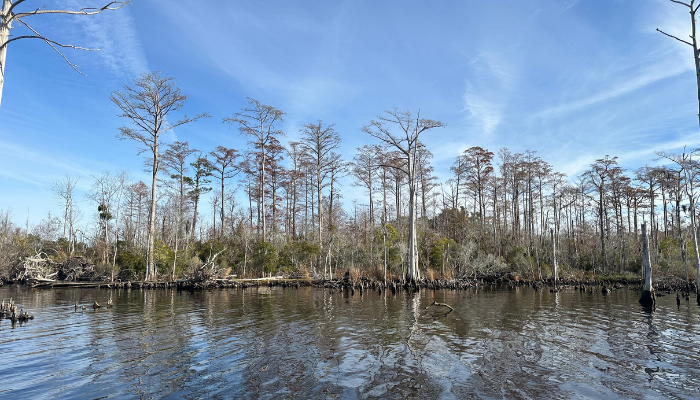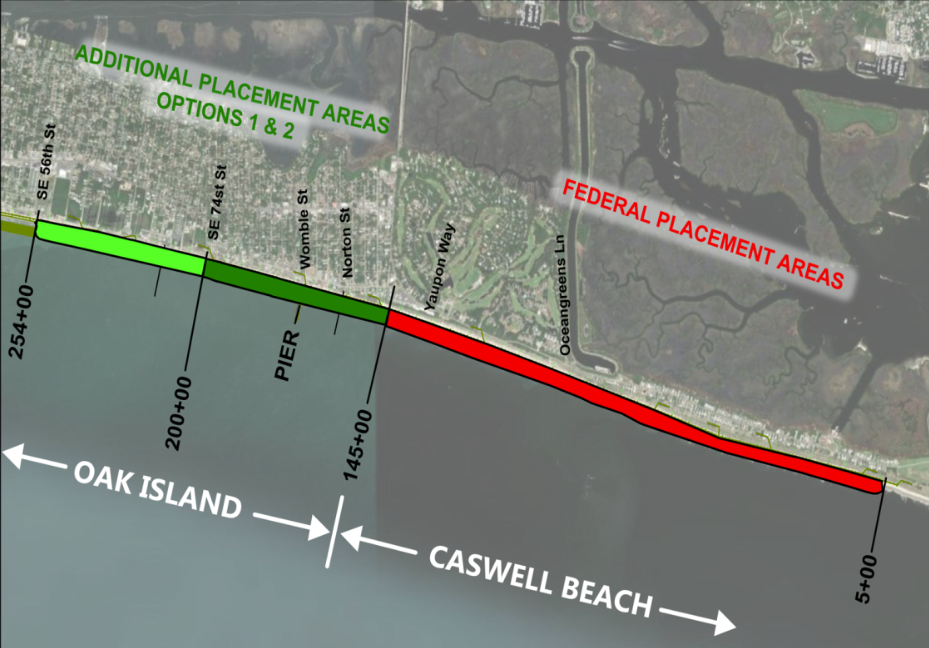One of North Carolina’s last privately owned undeveloped barrier islands will now be protected through a partnership between Audubon North Carolina, North Carolina Coastal Land Trust and the Hutaff/McEachern family, funded by conservation philanthropist Tim Sweeney.
Hutaff is 2 miles of beach and saltmarsh, about 1,300 acres, located between Lea Island and Topsail Beach to the north and Figure 8 Island to the south.
Supporter Spotlight
An agreement has been signed and the Coastal Land Trust will complete the process within 60 days.
Conserving the wild and uninhabited place in perpetuity will keep the island’s natural inlets and dynamic ecosystems intact, providing critical habitat for sea turtles, vulnerable beach-nesting birds like black skimmers and a host of other rare and threatened wildlife, according to Audubon.
“Hutaff Island is a rare gem on the North Carolina coast. It’s one of the last, best examples of a natural barrier island with dynamic dunes and productive saltmarsh,” said Walker Golder, executive director of the North Carolina Coastal Land Trust. “We are so very grateful to the Hutaff/McEachern family for their commitment to conserving the island forever and to the partnership that brought us to this important day.”
Audubon North Carolina and the Coastal Land Trust have worked in partnership to protect Hutaff Island for years. Audubon said its biologists will continue to manage the bird and turtle nesting grounds on the island, as part of a network of coastal sanctuaries that protect 40% of all nesting waterbirds on the North Carolina coast.
“For so many of our most beloved coastal birds and sea turtles, Hutaff is one of the last remnants of habitat they have left. That’s why the island’s conservation is so important—it ensures birds like Least Terns and marine animals like Loggerhead sea turtles will continue to have a home on our coast. We’re grateful to all our partners for making it possible,” said Andrew Hutson, Audubon North Carolina executive director and National Audubon Society vice president.
Supporter Spotlight
Audubon provided the following ecological highlights of Hutaff Island:
- Provides critical stopover habitat for thousands of migrating birds, including federally threatened piping plovers and red knots.
- Serves as an important migratory stopover and overwintering area for the imperiled saltmarsh sparrow, a species that could be extinct by 2060 if current trends continue.
- Encompasses more than 1,000 acres of tidal marsh and creeks that serve as primary nursery areas for fish, shrimp and crabs.
- Serves as a launchpad for baby loggerhead sea turtles, which fare well because there are no lights to distract the hatchlings when they head toward sea.
- Protects Outstanding Resource Waters, a rarely assigned designation by the state Division of Water Quality for exceptionally high water quality.
Coastal geologist Dr. Stan Riggs said conserving Hutaff Island is critical.
“Hutaff Island not only serves as important habitat for coastal wildlife, but, like other barrier islands, it also serves as nature’s speed bump slowing down the force of storms before they reach the mainland. Even with sea level rise, Hutaff Island will still be around and will continue to roll back like these undeveloped islands do,” Rigg said.









